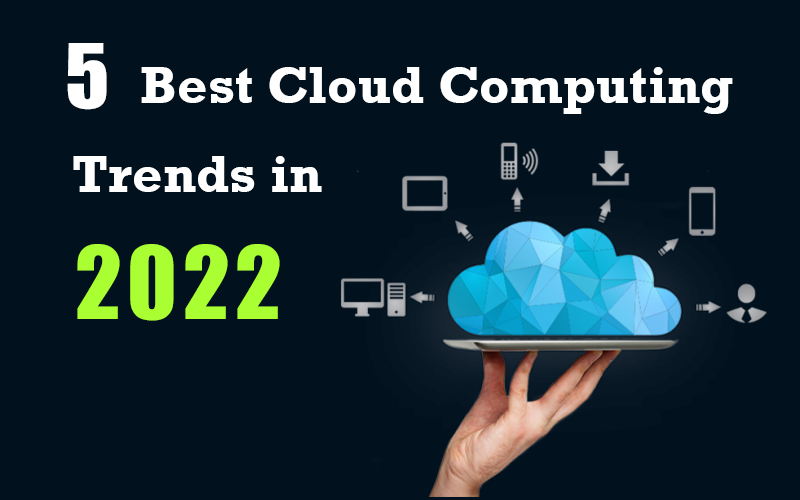We understand that Cloud computing is rapidly expanding due to its advantages over traditional methods. It is regarded as the foundation of all digital services, including special media, streaming entertainment, connected cars, and IoT infrastructure.
Containerization: Container-as-a-Service
In computing terms, a container is software containing all the necessary components to run a system effectively. Containerizations aid in the elimination of errors and bugs by generating a package containing the application code and other dependencies. Container-as-a-Service (CaaS) is a cloud-based service that assists software developers in deploying containerized applications on a specific cloud infrastructure. This enables developers to create and deploy applications securely. According to acumen experts, containerized applications will be used by more than 75% of global organisations.
The Internet of Things and Cloud Platforms
The relevant combination of cloud computing and the Internet of Things (IoT) is expected to create a hyper-connected world, one of the most anticipated technological trends in the coming years. By 2025, IoT usage will have reached 80 billion. As end result, it is expected that IoT will only grow in popularity, and its integration with cloud computing will aid in connecting an application with a device and its data, establishing a comprehensive cloud ecosystem. Furthermore, such platform-as-a-service (PaaS) enables the development of IoT-enabled applications and services.
Edge Computing Innovation
Edge computing is a type of computation that occurs at or near the user’s physical location or the data source. It is a new cloud trend that involves constructing localised data centres for computation and storage near the collected data, rather than a central location thousands of miles away. Bringing internet devices and applications closer to the data source helps optimise them. Edge computing reduces long-distance client-server communication, saving time and bandwidth while maintaining low latency.
AI and Machine Learning Are Becoming More Prevalent In Cloud Computing
AI, Artificial Intelligence, and MI, or Machine Learning, are critical in advancing recent technological aspects. These technological advancements assist businesses in running smoothly. When such eminent technologies are combined with cloud computing, however, they can work wonders. Cloud computing can provide AI and ML with increased bandwidth and processing power, allowing both technologies to become more strategic and data-driven.
Cloud computing is crucial to the advancement of two emerging AI technologies:
Novel algorithms:
Machine learning is used in these programmes to create everything from art to synthetic data. These algorithms can also be used to train other artificial intelligence programmes.
Modelling of language:
Programs that understand human languages more accurately are a technology that is expected to change the way businesses interact with their customers.
Hybrid and Multi-Cloud Environments
Businesses today have two options for storing their data: pay-as-you-go public cloud solutions or highly customizable private cloud solutions. The former makes data more accessible and lowers business infrastructure costs—the latter stores data on-premises, reducing downtime while maintaining high data transmission speeds.
The hybrid cloud, on the other hand, allows businesses to adopt and use both solutions. As a result, companies do not need to choose between the two because they can reap the benefits of both cloud solutions. The most critical and client-sensitive data can be privately stored on-premise, while the heavier files can be transferred to a public cloud provider such as AWS or Azure. This allows businesses to operate in a multi-cloud environment.
Multi-cloud Environments
Public, private, and hybrid cloud platforms are available in multi-cloud environments. This enables businesses to reap the benefits of all three platforms, reduce operational costs and downtime, optimise performance, and achieve business objectives. Both hybrid and multi-cloud approaches reduce organisational and operational complexity and foster a flexible remote work culture. As a result, employing both strategies will adeptly assist you in optimising your business.
Final Say
Cloud computing is anticipated to drive technological re-engineering and leave its mark on both consumer and enterprise domains. Cloud computing provides businesses with solutions to allow them to survive, improve their ROIs and service solution portfolios, and create new lines of existing products.






